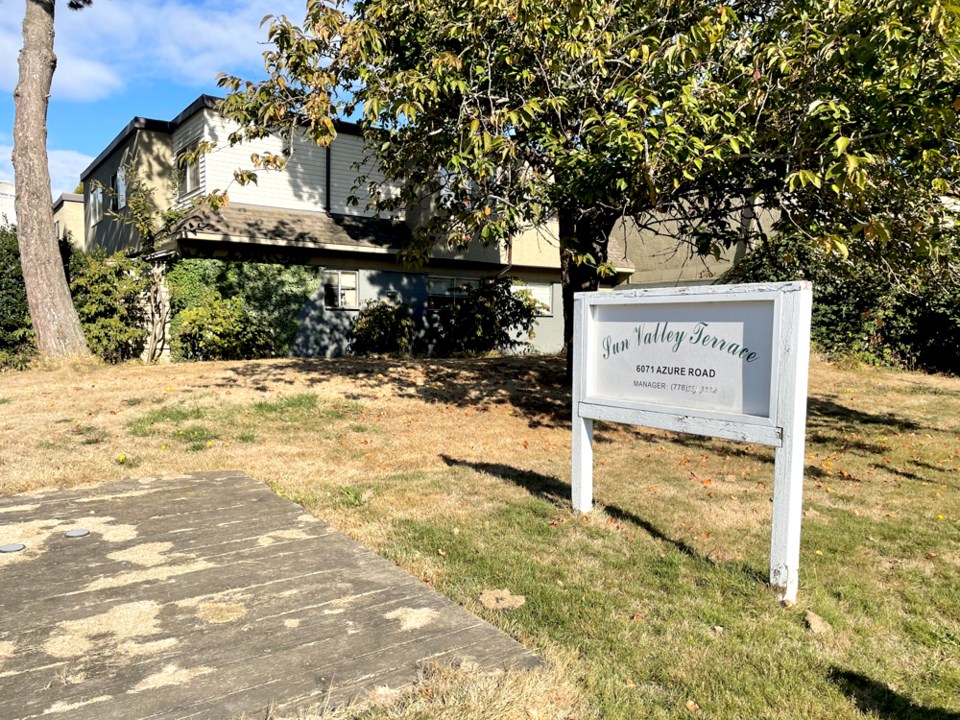Dear Editor,
Re: “NIMBYism or legitimate concerns?” Opinion, Nov. 3.
Whether their concerns were legitimate or not, the Azure Road residents felt unheard by councillors for the simple reason that the process runs backwards from one that would allow them meaningful input. Public consultation is the very last step in the process when it should be the first.
Even councillors are consulted very late in the process when decisions on the size and location of buildings have been made and detailed drawings have been prepared, all of which represents a large investment of time and money on the part of the developer.
Making changes at that point is very costly compared to making changes at the beginning of the process.
For example, public consultation on the new Steveston Community Centre began before decisions were made on how large the building should be, where it should be located, what functions it should accommodate and how much it should cost.
If council thinks that is the best way to design a project, why do they do it the opposite way around when it is being built by a private developer?
New amendments to the Local Government Act remove the requirement for a public hearing if the proposed zoning changes for a property are consistent with the Official Community Plan (OCP).
Since the OCP gives very broad categories for what type of housing is permitted in a wide area, most zoning changes are consistent with the OCP.
The provincial government felt that residents have sufficient input by writing letters to councillors.
Many of the Azure Road residents wrote letters to the mayor and councillors but had little confidence they were effective.
Informal meetings when a project is first proposed that enable local residents and councillors to discuss concerns with the developer are more likely to result in a project that addresses most of those concerns.
City staff can also provide independent input at the outset on whether concerns are legitimate and suggested changes are reasonable. In other words, this is about working collaboratively from the start rather than winding up with confrontation at the end.
Let’s hope the low turnout and results of the recent election didn’t send the message to the mayor and councillors that most residents are happy with the current process.
John Roston
RICHMOND

